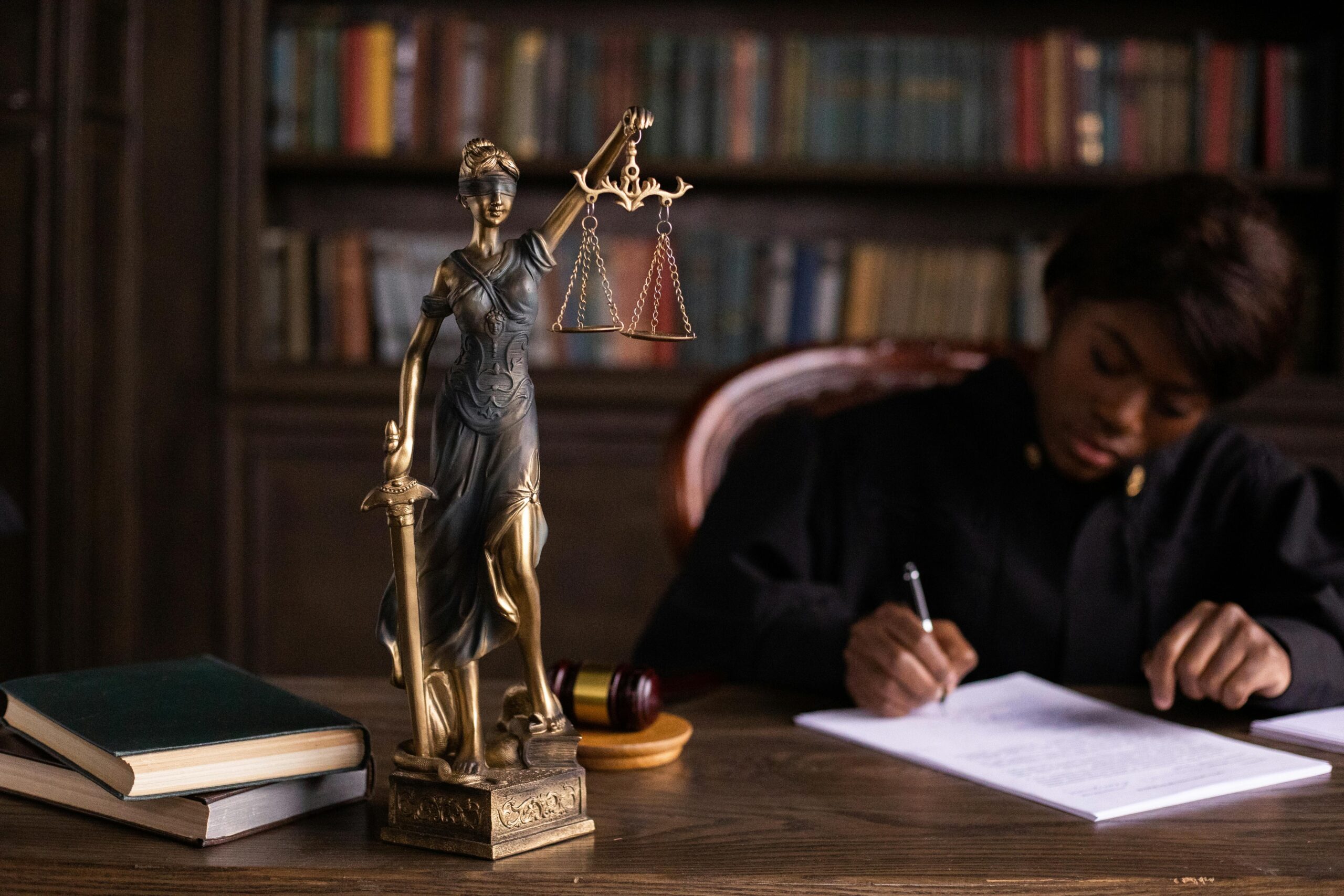Authored By: ANTAVYA SINGH
Amity University Lucknow Campus
Abstract
The 2025 Supreme Court judgment in All India Judges Association & Others v. Union of India & Others[2] marks a pivotal shift in India’s judicial recruitment policy by reinstating the mandatory three-year legal practice requirement for entry into the judicial services. This decision reflects the Court’s commitment to enhancing the quality and competence of the lower judiciary. In its detailed and reform-oriented verdict, the Supreme Court underscored the importance of experiential learning, practical exposure, and professional maturity as essential prerequisites for those aspiring to dispense justice. By reintroducing this requirement, the Court acknowledged that firsthand experience in legal practice not only sharpens legal acumen but also fosters a deeper understanding of courtroom realities, procedural nuances, and the human dimensions of legal disputes. This move is intended to produce judges who are better equipped to interpret and apply the law effectively, thereby strengthening public confidence in the judiciary and preserving its independence and integrity. This article examines the judgment’s essential legal instructions, focusing on the three-year practice rule, the certificate of practice, its implementation structure, and the counting of practice period, while also evaluating its larger implications for judicial reform and institutional integrity.
Introduction
The judiciary, as the guardian of the Constitution and the rule of law, relies on competent and experienced officers to ensure justice delivery at all levels. The 2025 judgment revisiting All India Judges Association case, originally initiated in 1989[3], redefines this competency framework. By mandating a minimum experience at the Bar before a candidate enters the judiciary, the Court bridges a gap created by its 2002 decision[4], which allowed fresh law graduates to directly join as judges. The ruling seeks to elevate the standards of judicial entry and enhance the level of professional exposure required of aspiring judges. By mandating a minimum of three years of legal practice before candidates can appear for the Provincial Judicial Service Examination (PCSJ), the judgment ensures that individuals entering the judiciary possess not only theoretical knowledge but also practical experience in courtrooms. This experience equips them with a deeper understanding of legal procedures, client advocacy, and courtroom dynamics, which are essential for rendering fair and competent judgments. Consequently, the ruling strengthens public trust in the judiciary by promoting a more skilled and experienced bench. Additionally, by upholding rigorous entry standards, the decision reinforces the principle of judicial independence, ensuring that judges are better prepared to perform their duties without undue influence or reliance, and with a strong foundation of professional credibility.
Background
In 2025, these concerns culminated in a landmark reversal. Under Article 32[5] of the Constitution of India the All-India Judges Association case [WRIT PETITION (C) NO. 1022 OF 1989] has been long-standing public interest litigation since 1989, addressing various grievances of the judges of the Indian Judiciary. In 1991, the Supreme Court heard the First All India Judges Association Case (First AIJA Case)[6] and constituted the First National Pay Commission under the Chairmanship of Justice K.J. Shetty, Former Judge of the Supreme Court (hereafter referred to as “Shetty Commission”) which relaxed the requirement of three years legal practice for judicial entrants based on the report of the Shetty Commission. On January 4, 2024, Justice Dr. D.Y. Chandrachud (Former Chief Justice of India), Justice J.B. Pardiwala and Justice Manoj Mishra in All India Judges Association v. Union of India [WRIT PETITION (CIVIL) NO. 643 OF 2015] while emphasizing on implementation of Second National Judicial Pay Commission (SNJPC) Recommendations, rejected the financial burden argument, establishment of Committees for Service Conditions and mandating it in the District Judiciary (CSCDJ) in every High Court, advanced Increments for Higher Qualifications and Uniformity in Service Conditions. Over these years, there have been many concerns raised about the lack pf practical experience among fresh law graduates entering judiciary. The Court noted this leading to the reinstatement of the practice requirement and other issues faced by the fresh law graduates entering the judiciary. This case plays a pivotal role in reinstating the requirement of a minimum of three years of legal practice for candidates aspiring to become civil judges (junior division). This decision marks a significant shift in the judicial recruitment process, aiming to enhance the competence and preparedness of entry-level judges.
The Three-Year Practice Rule Reinstated
In its 2025 judgment, the Supreme Court unequivocally restored the three-year practice requirement for entry into the Civil Judge (Junior Division) cadre. The Court observed that practical exposure to legal proceedings, courtroom etiquette, and case-handling is essential for maintaining the quality and integrity of judicial decisions.
“Law graduates, though academically sound, often lack the real-world grounding necessary to appreciate the nuances of human disputes,” the Court remarked.
This rule is now prospective, which means it will apply only to recruitment processes initiated after the date of the judgment (May 20, 2025).
Certificate of Practice: An Accountability Measure
To ensure transparency and genuineness in proving the three-year experience, the Court introduced a certificate of practice mechanism:
- The candidate must obtain a certificate from a practicing advocate with at least 10 years of standing.
- This certificate must also be endorsed by a judicial officer nominated by the respective High Court or Supreme Court.
- The endorsement confirms that the candidate actively practiced law during the stated period and was not merely enrolled with no actual courtroom exposure.
This measure intends to prevent proxy practice and misuse of Bar registration by inactive or non-serious candidates. The Court stressed that this double certification would act as a filtering mechanism to assess the true professional engagement of aspirants.
Counting of Practice Period: Rationalizing the Timeline
The Court further clarified how the three-year practice period is to be counted:
- It begins from the date of provisional enrolment with the Bar Council, not from the date of passing the All-India Bar Examination (AIBE).
- This clarification was necessary because the AIBE is not conducted regularly, and delays in certification could unjustly penalize candidates who have already begun practicing.
Thus, a law graduate provisionally enrolled with the State Bar Council on, say, July 1, 2022, would be eligible to apply on or after July 1, 2025, even if the AIBE was passed later.
Law Clerkship Counted as Practice
The Court also recognized the legal and academic value of judicial clerkships. Candidates who have served as law clerks to judges of the Supreme Court or High Courts can count that period toward the three-year requirement, provided it was full-time and continuous.
This is a progressive move, acknowledging the analytical training and legal writing experience gained during clerkship, which often surpasses courtroom exposure in intellectual rigor.
Practical Implementation and Transition
Recognizing the administrative and legal complexities, the Court provided a buffer for implementation:
- Ongoing recruitment exams (advertised or notified before May 20, 2025) will continue under existing eligibility norms.
- The Bar Councils, High Courts, and Public Service Commissions were directed to update their rules and processes to incorporate the new practice rule.
- The Supreme Court mandated that changes must reflect in eligibility criteria for recruitment advertisements issued six months or later from the judgment date.
This transitional phase is designed to avoid disruption and ensure uniform compliance.
Conclusion
The 2025 verdict in All India Judges Association v. Union of India represents a progressive reaffirmation of experienced justice. By reintroducing the three-year practice requirement, the Supreme Court has supported a system in which adjudication is delegated to individuals who understand the law not only in theory, but also in practice.
The certificate of practice and explicit guidelines for counting experience offer structure and accountability to the recruitment process. Importantly, the decision strikes a compromise between merit-based inclusion (allowing clerkships to count) and quality assurance (requiring genuine legal experience).
As the judiciary changes to meet the complex needs of modern society, this decision serves as a timely reminder that competence, maturity, and commitment are required for effective justice delivery. This decision not only corrects a previous error, but also establishes a clearer, more plausible path for persons migrating from the Bar to the Bench.
Reference(S):
[1] Student at Amity University Lucknow Campus
[2] 2025 INSC 735
[3] Writ Petition (C) No. 1022 of 1989
[4] All India Judges’ Association v. Union of India (2002) 4 SCC 247
[5] India Const. art. 32.
[6] All India Judges’ Association v. Union of India; 1992 AIR 165; 1992 (1) SCC 119





